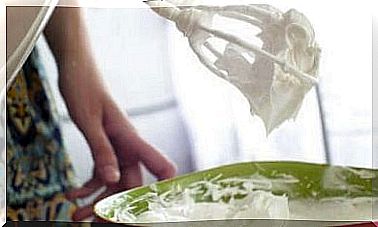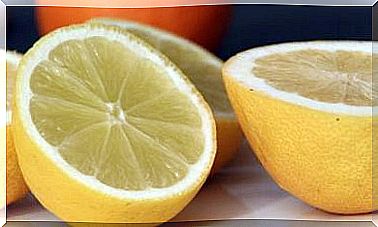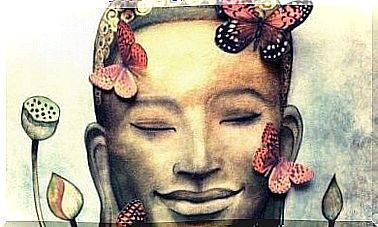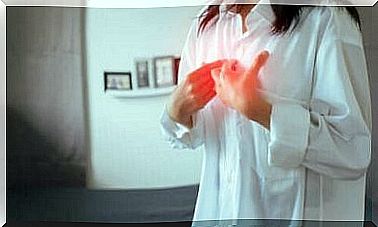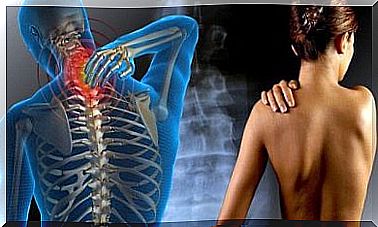What Do The Kidneys Actually Do?
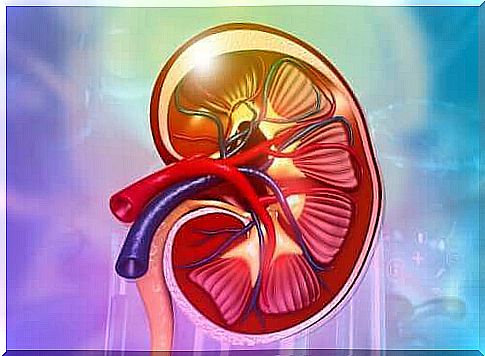
The kidneys are complex organs that are responsible for eliminating waste products from the body through urine. Usually you have two kidneys, which are located in the back of the abdomen, next to the spine and under the ribs.
The kidneys have the same shape as a bean. They are essential organs, since life is not possible without them functioning properly. However, thanks to technological advances, there are techniques such as dialysis and transplants that allow doctors to replace them.
In addition to the production of urine , the kidneys also participate in many other processes such as regulating blood pressure. In this article, we will therefore explain what the kidneys do, their anatomy and their primary characteristics.
Renal anatomy
The kidneys, as we mentioned, are shaped like beans with one side concave and the other convex. The renal artery penetrates the concave part, which carries the blood with the waste products out of the body, by passing it through the kidneys. The renal vein and ureter also go out of that part.
The kidneys have two primary parts: the cortex and the medulla. The cortex is the outermost part and the one that receives the most blood. It is primarily responsible for filtering and resuming. In addition, it contains almost all glomeruli, which we will explain later.
The medulla consists of a series of structures that are responsible for directing the urine that the kidneys produce down to the ureter. The ureter is a tube that runs down to the bladder, which stores the urine, which it will then excrete.
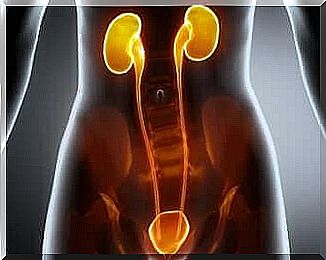
The functional units of the kidneys are nephrons. The nephron is the place where filtration of the blood takes place and the urine is produced. There are about 800,000 nephrons in each kidney.
Their structure is very complex, but the basic idea is that they consist of a number of cellular structures and membranes, which allow the blood to penetrate and be filtered. In addition, they are responsible for releasing certain substances and resuming them, such as potassium.
What do the kidneys do?
We have already mentioned that the primary function of the kidneys is to eliminate substances through urine, but this is not the only function. This organ also plays a very important role in the release of certain hormones and substances.
First, we must emphasize that the kidneys allow vitamin D to be converted to its active form. This vitamin is essential for the conversion of calcium. In addition, the kidneys produce erythropoietin, which is responsible for stimulating the synthesis of red blood cells in your body.
On the other hand , the kidneys are essential for certain processes that allow for homeostasis in your body. In other words, they help your body maintain an inner balance, even if the circumstances of the environment change.
For example , they regulate both blood pressure and the pH levels in your blood. They also control the volume of plasma, as they adjust the concentration of urine and can prevent fluid loss in situations of dehydration.
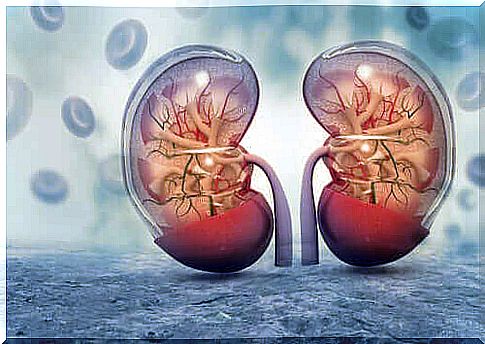
How do they filter blood?
Blood reaches the nephrons through the renal artery, where this artery becomes smaller blood vessels that form the glomerulus. The glomerulus allows small molecules, fluids and toxins to enter the tubes. In this way, they retain the major elements such as cells.
In addition, the glomerulus consists of a series of tubes in which the body reabsorbs much of the filtered fluid or certain substances that it needs. For example, it can resume molecules of sodium or potassium.
Conclusion on the kidneys
What you should keep in mind is that the kidneys are complex organs which, in addition to producing urine, are also responsible for many other functions. These include the synthesis of erythropoietin and to control blood pressure.


